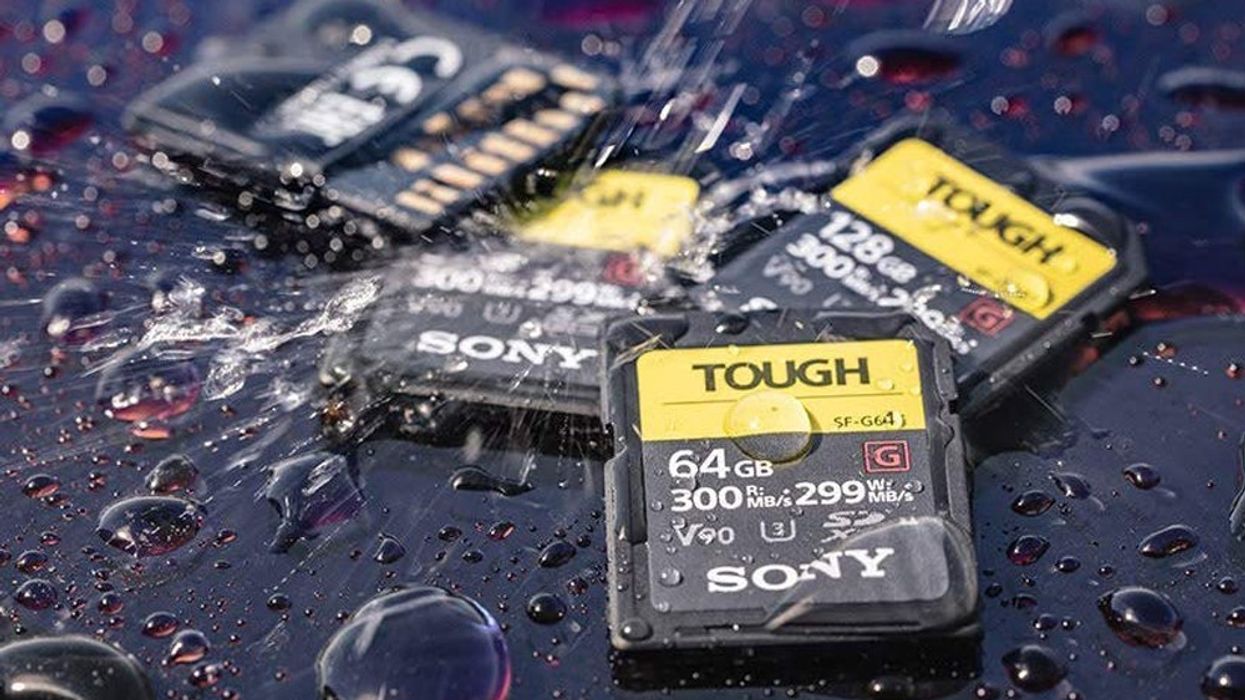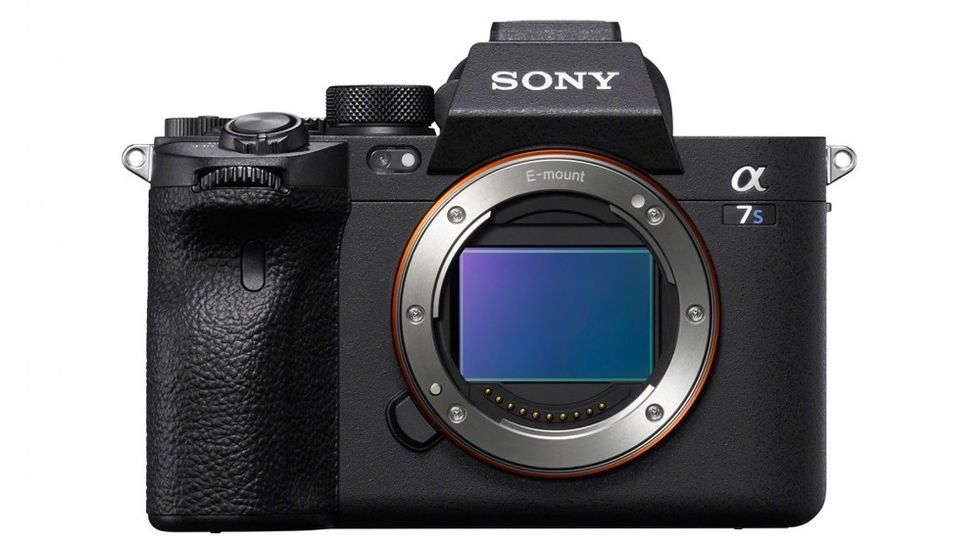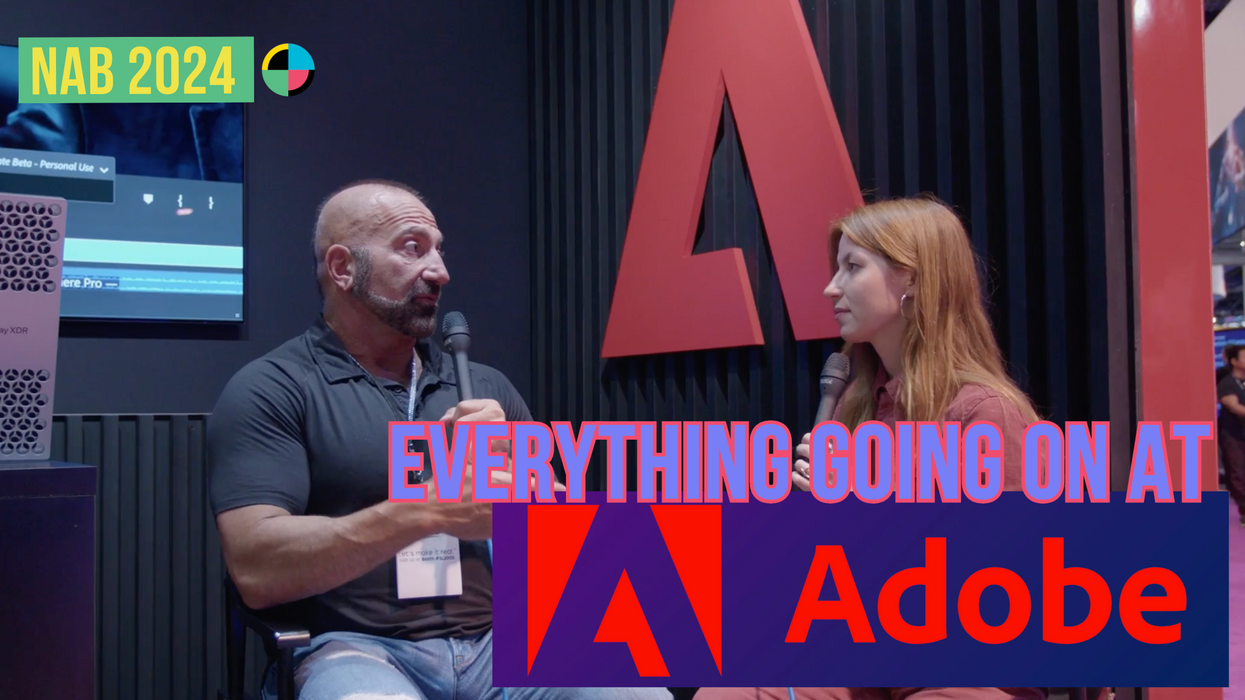
When there's money to be made companies will look for a leg up anywhere they can. With the announcement of the a7S III, Sony has sidestepped the popular and faster CFexpress Type B cards, and instead, included CFexpress Type A on its latest full-frame mirrorless camera.
Just as SD cards are available in miniSD, microSD, and SD, the CompactFlash Association created standards for CFexpress that includes three different sizes. Type A, Type B, and Type C. Manufacturers like Delkin, Lexar, ProGrade Digital, SanDisk, and Sony have saturated the market with affordable Type B cards, but the introduction of Type A on the a7S III puts Sony in the market first.
CFexpress Type A cards are slightly smaller and substantially slower than CFexpress Type B – about half the speed – but still have plenty of power to record 4K at high bit rates.
- Type A: Speeds up to 1000MB/s
- Type B: Speeds up to 2000MB/s
- Type C: Speeds up 4000MB/s
The Sony Alpha line has always been SD card friendly, and with the a7S III, Alpha steps into CFexpress. But don't fret, the a7S III features dual card slots that are still compatible with SD UHS II and UHS I cards. Sony has just added CFexpress Type A into the mix and might provide a glimpse to where the company is headed.
So why did Sony go with CFexpress Type A?
Most likely for a number of reasons. The company has a long history of paving it's own path when it comes to memory cards dating back to 2007 when Sony released the HDR-CX7 with a memory card stick. Since, shooters have seen different types of SxS and Pro SxS cards as well as XQD cards for cameras like the FX9, a format owned by Sony. Essentially, Sony wants to carve out a part of the market for themselves since they develop their own memory cards. But it also allows the a7S III to use one slot for both Type A and SD cards because of how close they are in size. The SD cards point one way, the CFexpress cards point another way.
Where the difference comes in for Type A and Type B cards is in the read and write speeds when transferring media to another device. Type A caps out at 1000MB/s, so you won't find companies offering anything higher. Right now, there are Type B cards with speeds higher than 1400MB/s from Delkin and ProGrade Digital.
Sony a7S III

The a7s III is the latest full-frame mirrorless camera from Sony. It features much-improved video specs and several exciting technology features concentrating more on image refinement than anything else.
Without any competition, Sony has positioned its Tough memory cards ahead of its competition and is offering cards in 80 GB and 160 GB. Along with the new Type A cards, Sony has introduced a memory card reader, the MRW-G2, with read speeds up to 10Gbps (USB 3.2). So if you happen to already own CFexpress Type B cards, prepare to open your wallet for another storage type if you want faster speeds than SD cards. How much? The Type A 80 GB goes for $199, the 160 GB is $399 USD. The MRW-G2 card readers retails for $119 USD.













